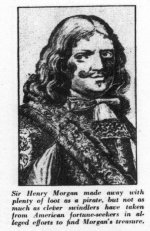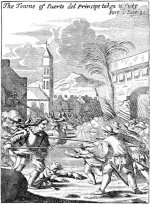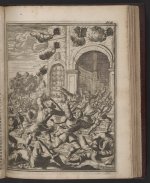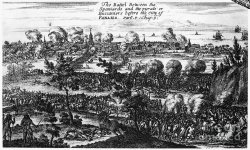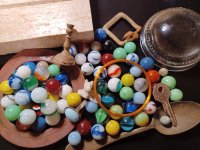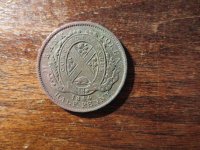Hi All!
My name is Amanda, and I am new to Treasure Net. I am actually not too familiar with lidar, but I'm here because I'm looking for someone who is.
My friends and I are filmmakers, and one of us happens to be the descendent of a pretty famous pirate. In his possession, he has an authentic treasure map of Panama. From what we've garnered of his family's history, the treasure was never recovered by the pirate and his crew, and nobody has successfully searched for it since. We've decided to make a documentary about our search for the missing treasure, and as this is new territory for us, we are searching for some experienced hunters to help us out.
If you feel like you may be able to provide some assistance, please reach out to me via this thread or direct message.
Thanks!
-Amanda
My name is Amanda, and I am new to Treasure Net. I am actually not too familiar with lidar, but I'm here because I'm looking for someone who is.
My friends and I are filmmakers, and one of us happens to be the descendent of a pretty famous pirate. In his possession, he has an authentic treasure map of Panama. From what we've garnered of his family's history, the treasure was never recovered by the pirate and his crew, and nobody has successfully searched for it since. We've decided to make a documentary about our search for the missing treasure, and as this is new territory for us, we are searching for some experienced hunters to help us out.
If you feel like you may be able to provide some assistance, please reach out to me via this thread or direct message.
Thanks!
-Amanda



